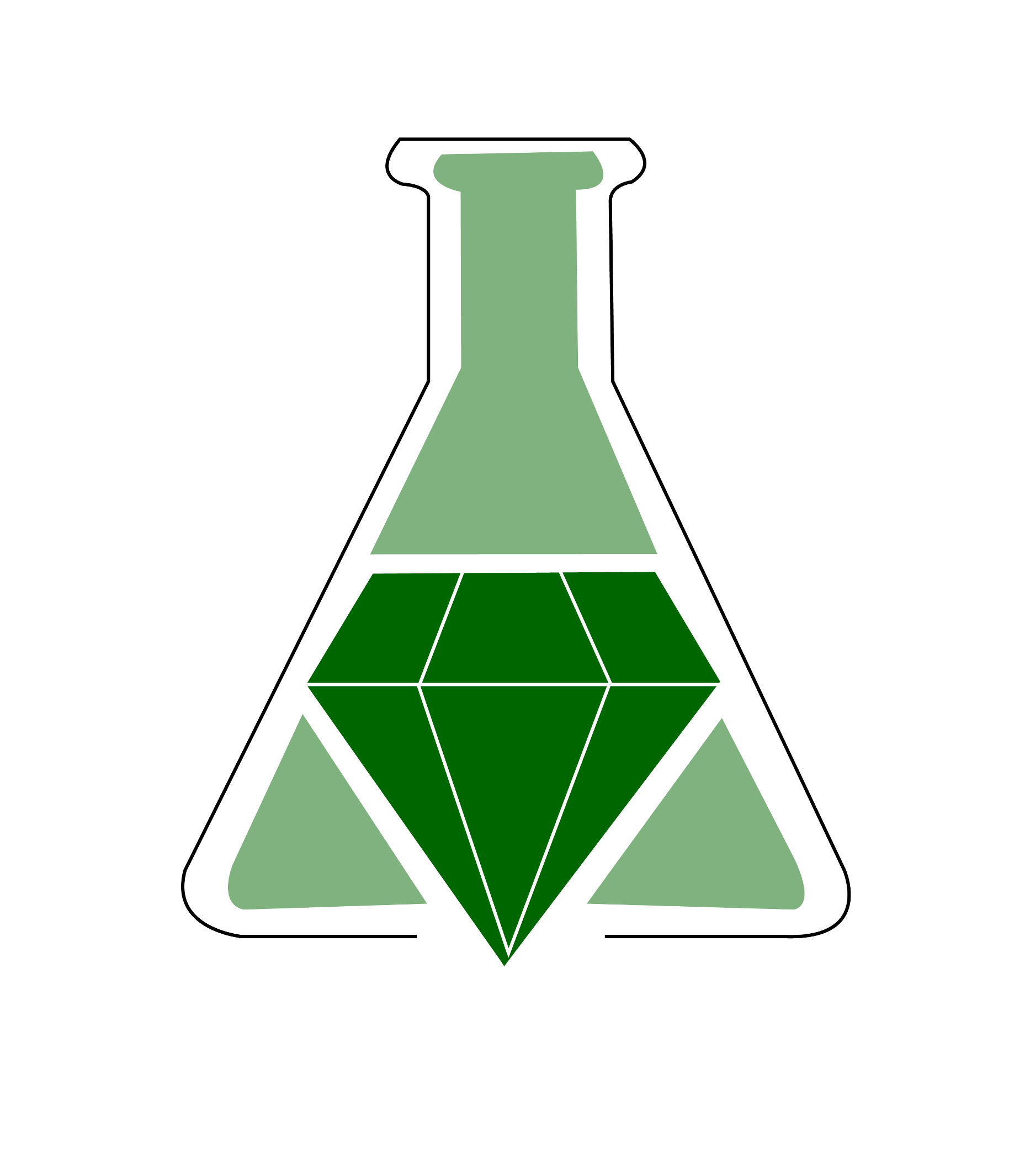Microwave-Assisted Heterocyclic Chemistry for Undergraduate Organic Laboratory

Summary
Heterocyclic compounds have a wide range of applications and properties. They are often antimicrobial agents, can inhibit specific enzymes, and are generally useful in organic synthesis. This experiment provides instructors with a variety of heterocyclic compounds that can be synthesized quickly with the aid of microwaves. While not a lot of Microwave-Assisted Organic Synthesis (MAOS) is taught at the undergraduate level, it has the advantages of generally increasing yields, decreasing reaction times, and, in most cases, eliminating the need for a solvent.
The heterocyclic chemistry includes the synthesis of compounds such as phthalamide, succinic anhydride, and benzoxazinone. This experiment would fit well into a course when discussing green chemistry, heterocyclic chemistry, esters, amides, anhydrides, amines, carboxylic acids, melting points, and recrystallization.
The supplemental information includes a list of necessary chemicals and equipment, a student handout, procedures, and melting point data for all products.
Summary prepared for the original GEMs database October 2008 by Douglas M. Young at the University of Oregon.
Microwave-Assisted Heterocyclic Chemistry for Undergraduate Organic Laboratory
Robert Musiol, Bozena Tyman-Szram, and Jaroslaw Polanski
Journal of Chemical Education 2006 83 (4), 632
DOI: 10.1021/ed083p632
The heterocyclic chemistry includes the synthesis of compounds such as phthalamide, succinic anhydride, and benzoxazinone. This experiment would fit well into a course when discussing green chemistry, heterocyclic chemistry, esters, amides, anhydrides, amines, carboxylic acids, melting points, and recrystallization.
The supplemental information includes a list of necessary chemicals and equipment, a student handout, procedures, and melting point data for all products.
Summary prepared for the original GEMs database October 2008 by Douglas M. Young at the University of Oregon.
Microwave-Assisted Heterocyclic Chemistry for Undergraduate Organic Laboratory
Robert Musiol, Bozena Tyman-Szram, and Jaroslaw Polanski
Journal of Chemical Education 2006 83 (4), 632
DOI: 10.1021/ed083p632
Safety Precautions, Hazards, and Risk Assessment
See published journal article.
Link to external
